STRATEGIC INNOVATION MANAGEMENT By TIDD BESSANT – TEST BANK
Testbank questions
Chapter 07 Search Strategies for Innovation
Correct answers are indicated with a *
- Rothwell’s ‘fifth generation’ model suggests that innovation….
a) needs five or more players in the network
*b) is increasingly about linkages within and across enterprises
c) requires five times the original investment of the founder to succeed
d) works best in old family businesses
- Open innovation is
*a) a model for organizing the process where firms seek to source ideas from inside and outside
b) an approach to risk management in innovation
c) a board-level commitment to unlimited funds for innovation activities
d) an innovation project with no limit on the number of staff employed
- Communities of practice are facilities where sports skills can be developed more effectively.
True
*False
- Which of the following are advantages which might emerge from a process of shared learning? (Several choices may be correct.)
*a) challenge and structured critical reflection from different perspectives
*b) different perspectives can bring in new concepts (or old concepts which are new to the learner)
*c) shared experimentation can reduce perceived and actual costs risks in trying new things
d) less audiovisual material is needed
e) there is more chance of getting the right answer
*f) shared experiences can provide support and open new lines of inquiry or exploration
- Which of the following is NOT a characteristic of a learning network?
a) they have a primary learning target – some specific learning/knowledge which the network is going to enable
b) they have a structure for operation, with boundaries defining participation
c) processes which can be mapped on to the learning cycle
d) there is some degree of measurement of learning outcomes which feeds back to operation of the network
*e) they meet on working days only
- A supplier development programme involving a major buyer firm and several of its key suppliers offers an opportunity for establishing a learning network.
*True
False
- The theory of networks talks about ‘emergent properties’ – essentially where the whole is greater than the sum of the parts. Which of the following is not an emergent property of an innovation network?
a) Bringing together different knowledge sets to solve a particular complex problem
b) Maximising problem-solving capabilities by getting more (and different) minds on the job
c) Sharing the risks around exploring and exploiting new ideas
*d) Reducing the catering costs of network meetings
- Necessity is always the mother of invention. Innovation only succeeds when there is a clear user need.
True
*False
- Setting up innovation networks requires a legal contract between organizations.
True
*False
- In innovation networks, bigger is always better – the more players in the network the more effective it is?
True
*False


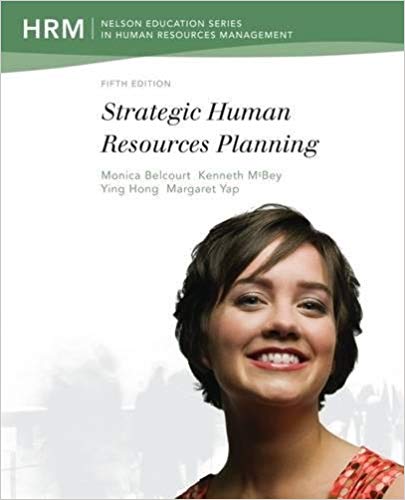



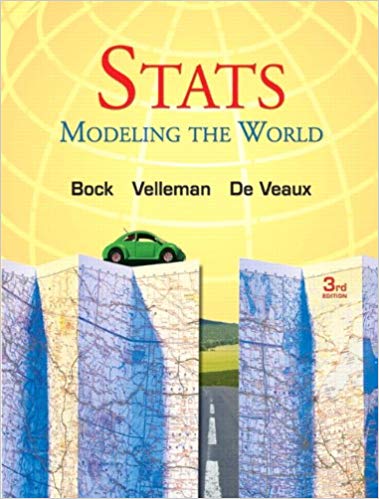




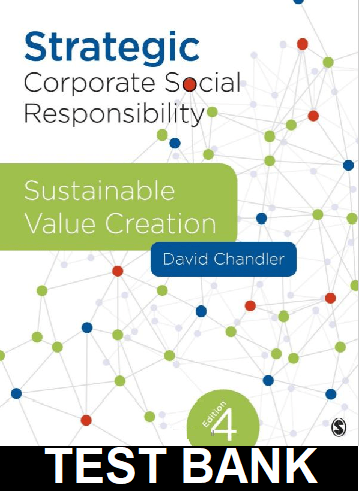
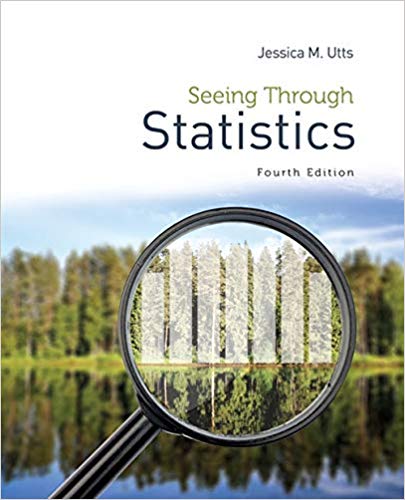
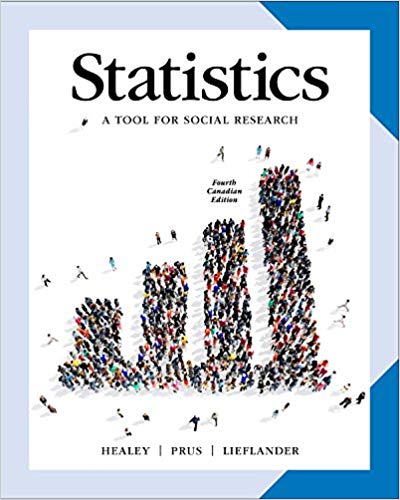
Reviews
There are no reviews yet.